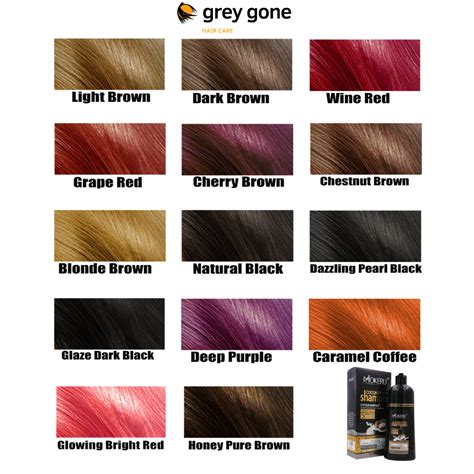Natural hair is a beautiful and versatile canvas for self-expression. Whether you’re looking to enhance your existing shade or make a bold statement, choosing the right hair color can transform your look. In this comprehensive guide, we’ll explore the best hair color for natural hair, including shades that complement different skin tones and hair textures.

Finding the Perfect Shade
Determining the best hair color for your natural hair depends on several factors:
- Skin tone: Warm skin tones suit warmer hair colors like golden brown, copper, and auburn. Cool skin tones complement cooler shades like ash brown, blue-black, and silver.
- Hair texture: Coarse hair can handle darker shades, while fine hair tends to look better with lighter ones.
- Personal style: Consider your desired look and lifestyle before choosing a hair color. Experiment with temporary dyes or clip-in extensions to find the shade that feels most like “you.”
Natural Hair Color Options
1. Black (Level 1)
Rich and dramatic, black hair is a timeless classic. It’s suitable for all skin tones and can be enhanced with highlights or lowlights to add depth.
2. Dark Brown (Level 2-3)
Slightly lighter than black, dark brown is a versatile shade that complements warm and cool skin tones. It’s an excellent choice for those seeking a natural-looking color with a hint of warmth.
3. Medium Brown (Level 4-5)
Medium brown is a warm and inviting shade that suits most skin tones and hair textures. It can be customized with caramel or golden highlights for a sun-kissed glow.
4. Light Brown (Level 6)
Light brown is a bright and flattering shade that complements fair to medium skin tones. It’s ideal for those wanting to lighten their hair without going blonde.
5. Auburn (Level 5-6)
Rich and fiery, auburn is a unique shade that suits warm skin tones. It’s often described as a cross between red and brown and adds a touch of warmth to any look.
Special Considerations for Natural Hair
- Texture: Natural hair textures can affect how hair color is applied and absorbed. Consult a professional stylist to determine the best technique for your specific hair type.
- Porosity: The porosity of your hair (how well it absorbs moisture) influences how hair color takes. High-porosity hair absorbs color quickly, while low-porosity hair requires multiple applications.
- Protein content: Protein treatments can strengthen hair but can also make it more resistant to hair color. If you’ve recently had a protein treatment, allow your hair to rest before coloring it.
Pros and Cons of Hair Color for Natural Hair
Pros:
- Enhances your natural beauty
- Allows for self-expression
- Covers gray hair
- Can add volume and thickness
Cons:
- Can damage hair if not done properly
- Requires maintenance to maintain color
- Can be costly
- May increase hair breakage
Tips for Maintaining Hair Color
- Use color-protecting shampoos and conditioners to prevent fading.
- Limit heat styling and use a heat protectant when necessary.
- Trim your hair regularly to remove split ends.
- Avoid products containing sulfates or parabens, which can strip color.
- Deep condition your hair weekly or bi-weekly to restore moisture and prevent dryness.
Conclusion
Choosing the best hair color for natural hair is a personal decision that depends on your skin tone, hair texture, and desired look. By following these tips and consulting a professional stylist, you can find the perfect shade to enhance your natural beauty and express your individual style.
